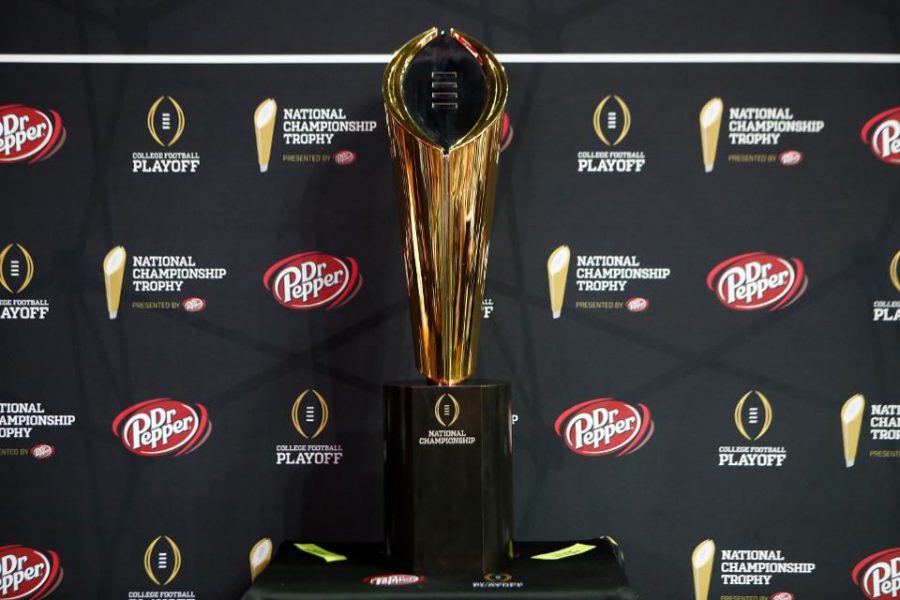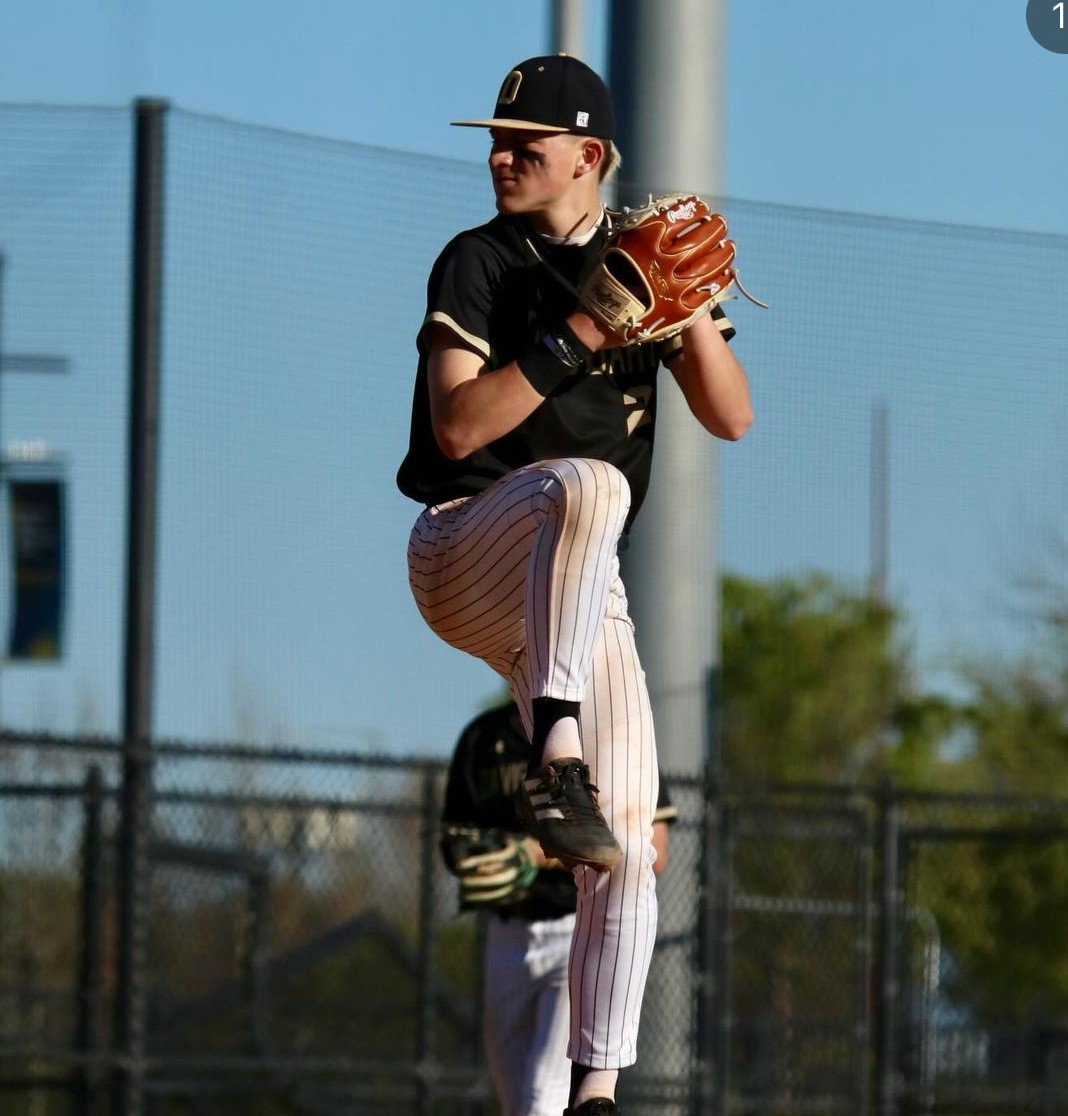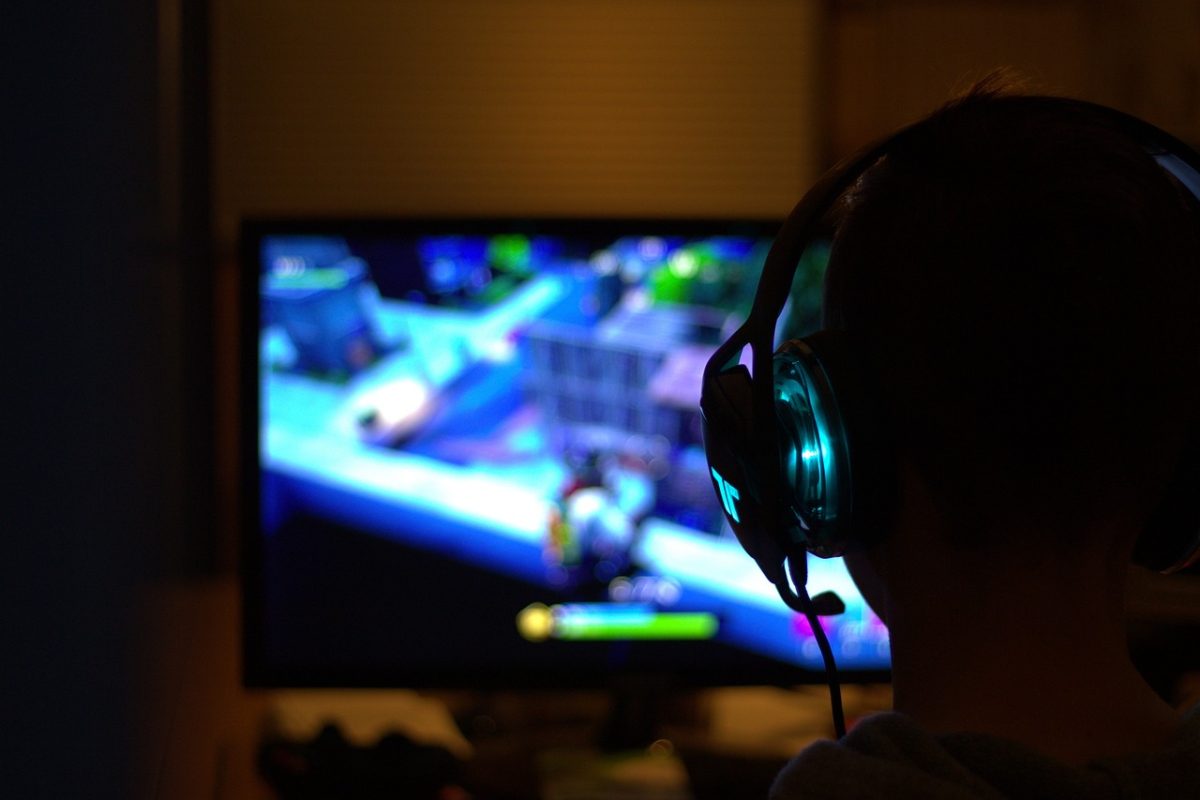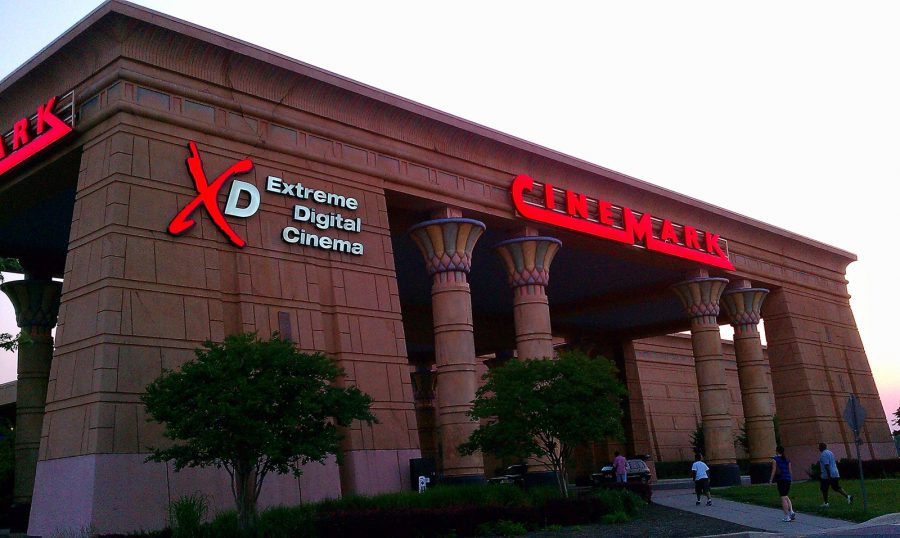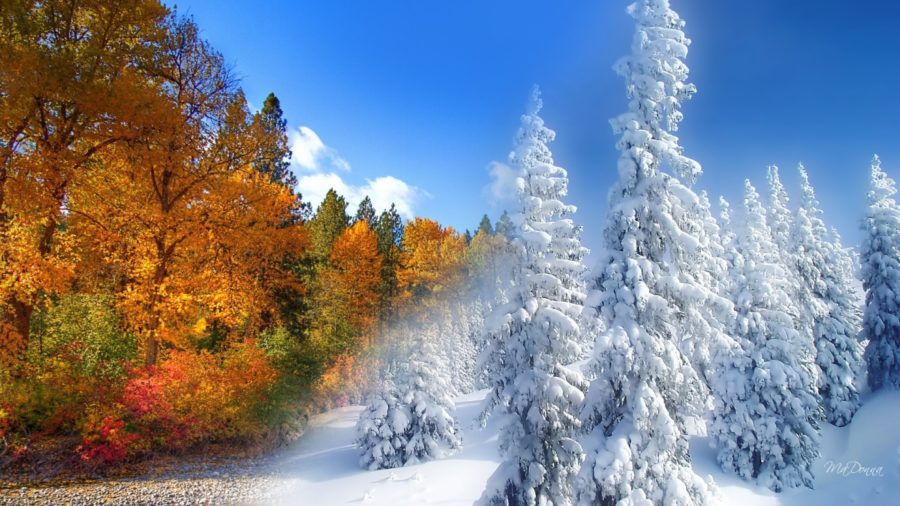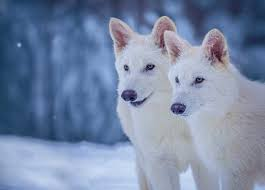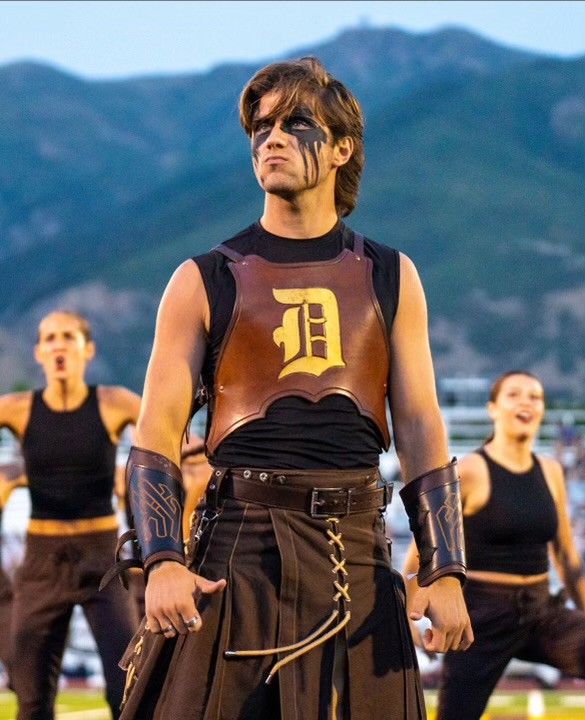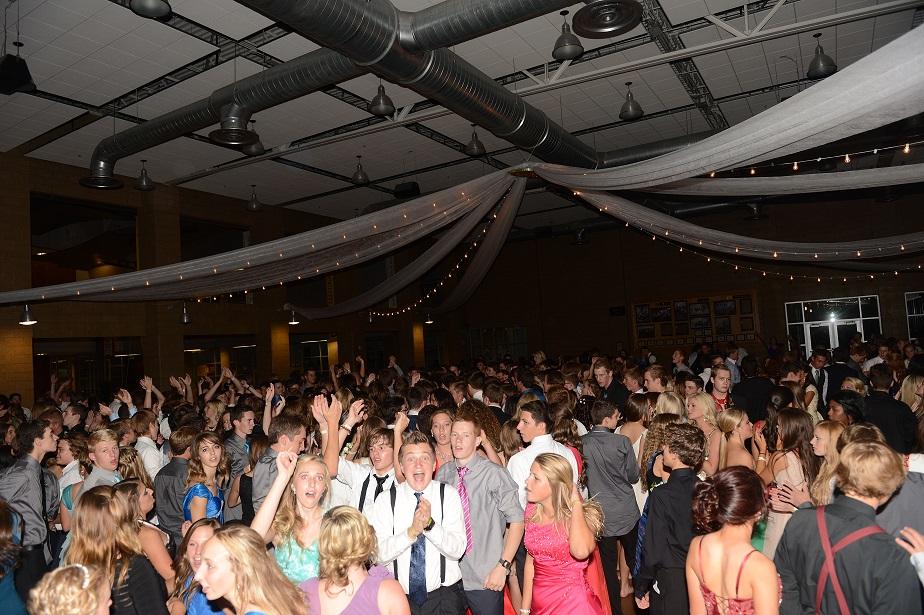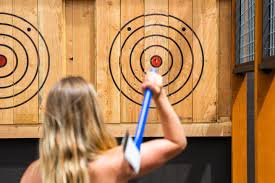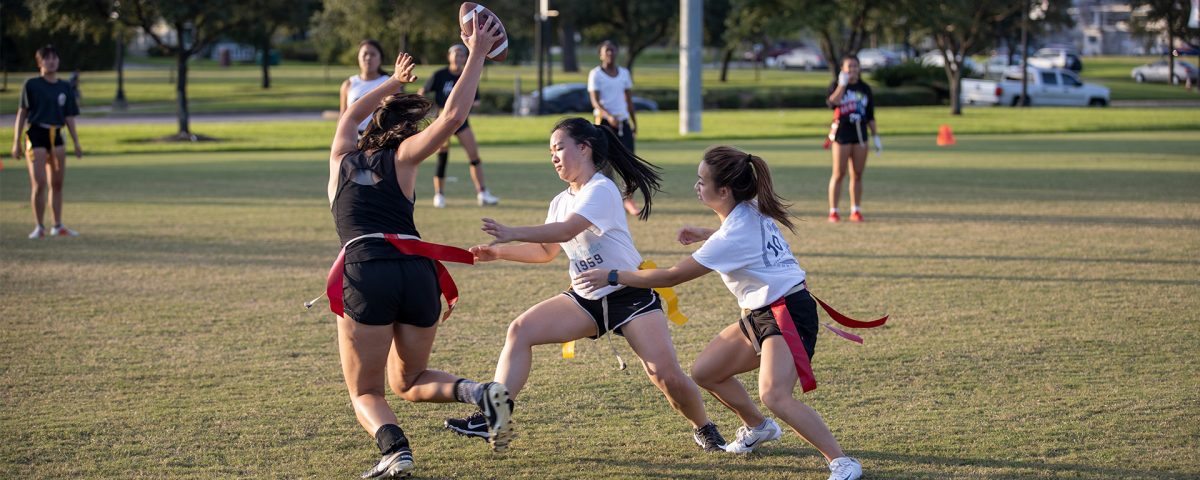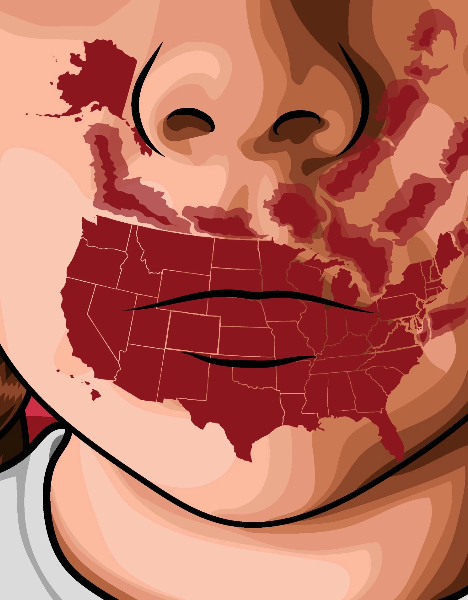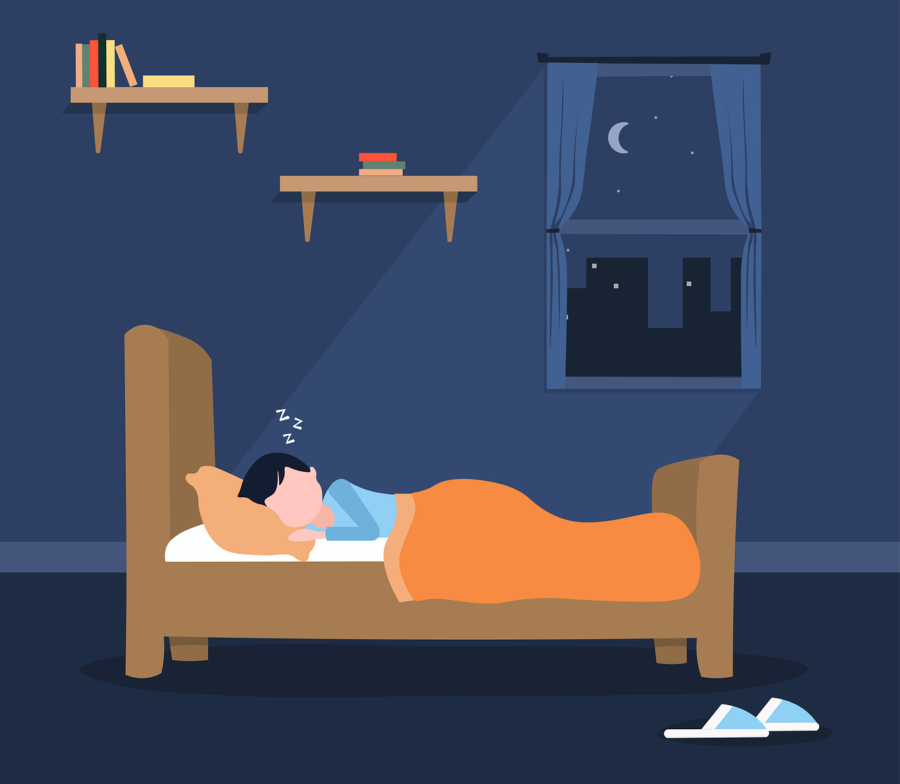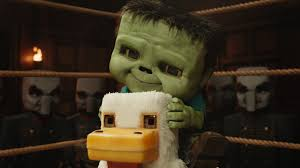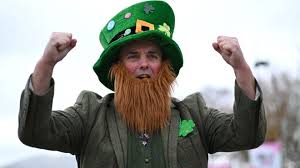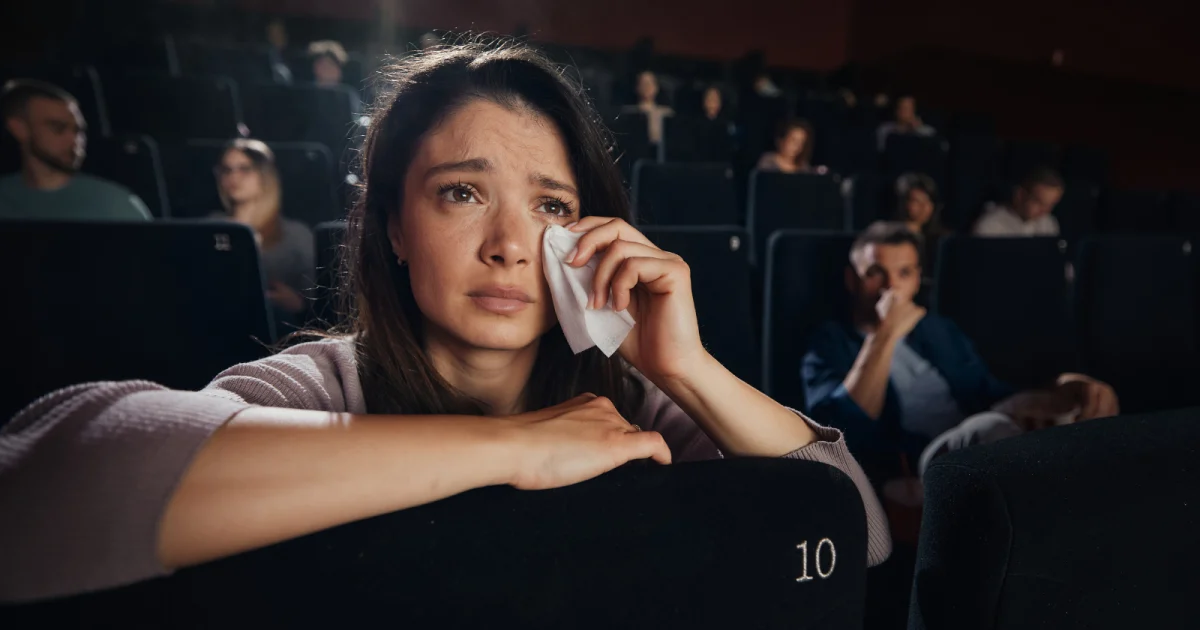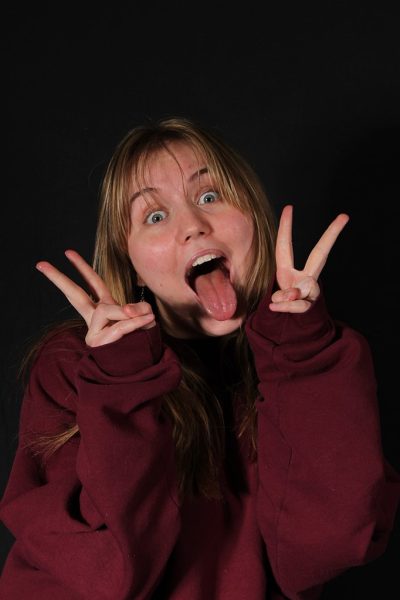The Unheard Voices of MMIW
Indigenous women go missing every single day and nobody bats an eye. For decades they have been silenced with no voice and nobody to hear them. All across the United States and Canada, Native American women and girls are going missing and getting murdered at an unrelenting rate. Sisters, wives, mothers, daughters, granddaughters are kidnapped and killed, taken from their families with no trace. Murder is quite literally the third leading cause of death for Native women; and murder is ten times higher than the national average for women on reservations. So, please educate yourself on these atrocities and learn how to help bring awareness to such a severe issue. You are the voice they need. And you can learn so much more about this issue from nativehope.org, which is where I got this information.
Just to give you a little idea of how these cases are handled; according to The National Crime Information Center, in 2016, they reported 5,712 reports of missing American Indian and Alaska Native women and girls, but only 116 were logged on the report of US Department of Justice’s Federal Missing Person database. Not 116 solved, but 116 logged. And according to Urban Indian Health Institute in 2016, from a survey of 71 American cities, Native American women make up a significant portion of missing and murdered cases.
If so many Native women and girls are going missing, why does no one care, why are they silenced; you may be asking yourself. And for that, there are numerous reasons, however many of these reasons stem from the Indian Relocation Act and federal policies. Native Hope states, “Native Americans residing in urban areas have few resources linked to their culture ad tribal community. Many Urban Indians, people living in cities, fall into a “pipeline of vulnerability” people of color, people experiencing poverty, people coming out of the foster care system, people lacking resources or family, people isolated emotionally, physically, or psychologically.”
Evil people take advantage of the already cruel and broken system, and that’s why so many women and children go missing. If you are a native woman in poverty, you’re heartbreakingly more susceptible and vulnerable to the targeting of traffickers. A quote from Native Hope says, “While I do recognize that a sizeable chunk of our population is solidly middle class, every Native person I know has either experienced poverty or has a family member who is. Housing and homelessness remain at the top-of-the-list of challenges.” This has been a reoccurring issue for many Native people, and that’s why law enforcement choose to not care. Being a person in poverty somehow makes you less of a person towards the people in charge. Actually, one in four Native Americans live in poverty.
Native American women and girls must grow up worrying about “when” they will experience sexual assault or violence, not a matter of “if”; four out of five Native women are affected by the violence. This is such a brutal reality for so many of these people, and it’s truly up to us to help give them their voices back. The median age for missing and murdered indigenous women and girls is twenty-nine years old. However, the youngest MMIW victim was a baby less than one years old. A newborn baby. The oldest victim was eighty-three years old. Native American women of all ages fear what could happen throughout their lifetime.
MMIW stands for Missing and Murdered Indigenous Women and they use the Red Hand to symbolize the movement. The Red Hand stands for all the voiceless missing sisters, for the silence of the media and law enforcement in the middle of these atrocities. The Red Hand stands for the oppression and the domination of indigenous women who are finally rising to say #NoMoreStolenSisters. They have been speaking for centuries, and now it’s time we need to listen.
Fortunately, we have two important MMIW days on the calendar, February 14th, and May 5th. February 14th is National Day of Action and Awareness. Which is when activist groups come together to organize Women’s Memorial Marches around the country to protest class disparity, racism, inequality, and violence against Native Americans. However, May 5th is the official MMIW Day and is the most widely celebrated across America and Canada. It’s a day to wear red, attend marches, rallies, bike rides, fundraisers, and lots more to raise awareness for the MMIW cause and to fight against the injustice that happens towards Native women and their families every single day.
Although women are the ones facing so much of the oppression and prejudice regarding Native people, men, boys, infants, and the elderly all experience it . 82% of indigenous men are victims of violence in their lifetime and Native children are more likely to experience violence and trauma than their non-Native peers. Each and every one of them are human beings who experience the barbarity the world is giving them.
It doesn’t help that Native Americans have his huge misconception of stereotypes around their name. It’s not like we already took everything from them, and now we take their respect and dignity as well. It’s a hard truth to learn, “Due to the lack of tribal jurisdiction beyond reservation borders, Urban Indians receive less than adequate assistance when a loved one goes missing. America has written a stereotypical narrative for its First People: “They are lazy, drug addicts, and alcoholics who rely on the government to survive.” Moreover, this modern stereotype was created through acts of colonization and cultural assimilation.” It is extremely important to understand what goes on in these Native societies and how colonization still effects these people today, and how we can get rid of the negative stereotypes together as a community.
Education leads to prevention and if you take simply five to fifteen minutes out of your day to read about how you can help, it’s deeply appreciated. Better yet, sign up with Native Hope, take action, possibly even donate, please. On Native Hope’s website they state three different ways to take action against MMIW: Educate and Understand, Identify the Need, and Mobilize and Advocate. We all share this land, so we all deserve respect and humanity. Native Hope is a perfect place to start if you have more questions and need more direction.



